As I mentioned in my last blog, I made the lottery for the Mt. Hood 50M race and my wife & I decided to make that our first family RV trip (with Chippy the puppy!). We love the outdoors, camp a lot and even did a backpacking trip in the Sierras last summer. In that sense, an RV was actually luxury since we’ll even have a (gasp!) microwave, fridge and kitchen with us at all times. But we’d never gone on an RV trip before and there were a few interesting learnings and some gotchas.
First Family RV Trip
The general guideline for our first family RV trip was no more than 5 hours of driving every two days. We planned a fantastic route and I don’t think I’ve ever driven through this many National Parks & Forests in one go! From our home in Mountain View, it was 2 nights in Mendocino, 1 night in Humboldt, 2 nights in McCloud, 1 night in Crater Lake and 2 nights in Clackamas Lake. On the way back, we just made a 1 night stop in Collier Memorial Park near Klamath Falls and then drove home. Reserve America is your friend in finding the perfect RV sites and booking these way in advance.
After doing a fair bit of research on RVs, we ended up renting the Siesta Sprinter Motorhome from Family RV in Morgan Hill. The Siesta uses a Mercedes-Benz Chassis with a Turbo Diesel engine and we got anywhere from 12-18 mpg depending on the road were were in. The Class C rating on this means you don’t need a special license and it fits within the zoning laws in major cities. In other words, you can park on a city street. The Family RV guys are fantastic, super-friendly folks that gave us the run down of the RV, what the various controls did and things to watch out for. Pro-tip: We recorded this session on our iPhones in case we need to refer back to the instructions.
There’s a fair bit of storage space inside with cabinets, shelves and a closet. But the trick was to put everything into bins (books, spices, utensils, etc) so they don’t move around during the drive. There are 4 usable outside compartments and one big enough to store folding chars, puppy’s foldable crate, tents, etc. The fridge definitely came in handy and I think we only ate at restaurants 4 meals during the entire trip. Pro-tip: Bring (Safeway, Nob Hill all have these) pre-cut vegetables (broccolli, onions, garlic) etc. that stays fresh for a week while saving a fair bit of time.
The slick part of the Siesta Sprinter is how compact it feels width-wise, while driving. When parked at the RV site, both the dining area as well as the master bedroom extend out on the driver-side (just a push of a button) by 1-3 feet creating ample room inside. After being stuck in traffic through San Francisco, we pulled over near Marin to make lunch. Now that’s something. No more looking for restrooms or figuring out where to eat! I was almost tempted to open the windows, hang a menu outside ‘cos it felt like a food truck. 🙂 Oh, you need to turn on the generator from the main control panel so the microwave would work.
Casper Beach in Mendocino
We headed out on Saturday morning and it took me a while to get used to the braking distance. There’s so much momentum and it felt like it’s 4x the braking distance of my Volt. Also we weren’t used to the rattling. Every little sound we were like, what now? At 55+ mph, the skylight above the dining are was making a whistling sound too. Other than that, it drives like an oversized min-van. Pro-tip: Use the smaller mirrors on each side for lane positioning so you are not spilling over. Beware that only one of the two seats (front facing) in the dining area has seat belts.
We pulled into Casper Beach late in the evening and had to back into the RV site. The hook-up to the site was pretty straight forward. Plug in the 110V, 30A cable into the outlet and then connect the water hose. The panel in the rear has a 4-way valve and facing down is ‘City’. Meaning, we are using the water pressure from the RV site without filling in the fresh-water tank.
Our general plan was to mostly use the showers and toilet facilities in the RV sites, but the Siesta does have a shower with water heater that’s powered by both propane and 110V. The Casper Beach RV park had coin-operated showers and laundry, so this all worked out great.
From Casper Beach to the Point Cabrillo Lighthouse is just a couple of beautiful miles along the bluff. Highly recommended hike and you get to feast on wild blackberries along the way!
Humboldt & The Redwoods
After two nights at Mendocino we headed over to Myers Flat at the Avenue of the Giants. A relatively short drive to get there and made a mental note to check out the Lost Coast at some point in the future. Spent the afternoon wading and swimming in the Eel River that ran right behind the RV park.
By day two or three, we got used to looking at the control panel for a quick status check on propane/battery levels and how full/empty the fresh water & gray/black water tanks were. Pro tip: Visually inspect propane & fresh water tank levels instead of relying on the control panel. Much easier and a whole lot more accurate.
Before the windy road on Hwy 36 to get to McCloud, we decided to dump the black/gray water and it was a fairly simple painless process. This RV site had a single centralized dump station. Simply connect the hose, one end to the black/gray water outlet and the other one to the dump station. Pull the valves (one at a time) to drain the black water first and then the gray water. The 4-way valve also as a Sani-Rinse setting where you flush fresh water through the system and out to the city line. Pro tip: Bring a box of latex gloves. Things can get a little icky. Learned about this later, but Camco makes a clear 45 degree sewer hose fitting. Just so you can see when you are done.
McCloud RV Resort
After a good night rest, we made a quick breakfast and headed out on a fairly long drive. Hwy 36 was slow going and the Siesta Sprinter was doing no more than 50mph in low gear on the windy roads. As as we left the coast, it got warm in a hurry. In the middle of the Shasta-Trinity National Forest, it was already 95°. We pulled over to the side of the highway, ate lunch and pushed further. It was past 5pm when we got to McCloud, but had two nights planned here.
Next morning, with a push of a button on the control panel, we opened up the awning to provide ample shade. And we spent a very lazy morning just lounging around. The couple that were the RV hosts apparently have been full-time RV’ing for 4 years now! They have a house in the bay area that they rent out and hop from place to place every 3 or 4 weeks. I can see myself doing that for maybe a year.
Checked out the upper McCloud falls in the afternoon, dove into the icy cold water right by the waterfalls. Chippy was in his element, scrambling up rocks and wading through the water having the time of his life. I heard someone say that in their next life, they want to reincarnate as an RV-site dog. 🙂
Most of the RV sites also include a coax cable connector so you can watch TV. I was perfectly happy to be without any WiFI or media, but I can see that being handy to catch up on news and such if you are on an extended RV trip.
Crater Lake RV Park
Next morning we made a lunch stop at Ashland (Shakespeare festival in progress) before we made the turn at Medford to follow the Rogue river up towards Crater Lake. The clouds moved in the afternoon and it started drizzling. Apparently just 2 weeks ago they had 6 feet of snow (at 4,000 ft!) which in a week melted away. Beautiful country up here.
The next stop at Mt. Hood had no hookup (for two nights), so topped off the fresh water & propane tanks here and also dump the black/gray water before we headed out. This time around, Crater Lake decided not to reveal itself to us. It was snowing and raining at the top with visibility of 10-20 feet. No blue anything, just gloom dark gray everywhere you turned.
We stopped at a rest area a little south of Chemult for lunch (in the RV of course!) and then headed north through La Pine and Bend. National Parks, Forests, Volcanic preserves all around us. One more stop at Madras to restock the fridge, then we reached Clackamas Lake in Mt. Hood National Forest sometime in the evening.
Clackamas Lake, Mt. Hood
You don’t fully appreciate how remote this place is until you drive 10 miles west of the highway before you arrive at the campsite. Just smack in the middle of the National Forest and miles and miles of forest as far as the eye can see. The Pacific Crest Trail runs right through this (and the Mt. Hood 50M run is predominantly on the PCT). With no electricity or water hookup, our plan was to be frugal with lights, microwave, etc. Turns out we didn’t have to be that paranoid. The battery lasted two nights with no problem and we didn’t even have to run the generator.
My wife made a fantastic pre-race dinner while I setup tent for the night and got ready for the run. I didn’t want to wake everyone up at 5:00am. More on the Mt. Hood 50M run in my race report.
Collier Memorial State Park
There’s always that tension of being outdoors for more than a week and heading back into civilization. We headed out (reluctantly) the day after the race towards our last stop at Collier Memorial State Park. One more wishful detour to Crater Lake, but still no luck. Stopped at Klamath Falls and hung out by the lake a little. Got a fire going that night, took warm showers at the RV site and we watched the Simpsons Movie on the outside TV (yes there are three!) over dinner. Quite the last night. Pro tip: Specific to this model, there’s a battery disconnect toggle button right next to the awning lights on/off switch (bad design). We accidentally hit this and lost complete power to the RV (while not hooked to the 110V). Took us a while before we remembered that the Family RV guys had told us about this.
Hwy 97 is pretty amazing with Mt. Shasta dominating and looming over the horizon. By the time we got home, we had driven around 1,700 miles. With the rental, you get 100 miles/day free and any extra miles incurs a nominal fee. Looking back we felt that less stops and more days (more than 2) at each stop would’ve made the trip a little less hectic. But definitely an amazing experience.
Absolutely N.O. spam. No more than two emails each week. Learn about injury-free running, race reports, new trail routes, awesome recipes and amazing interviews.
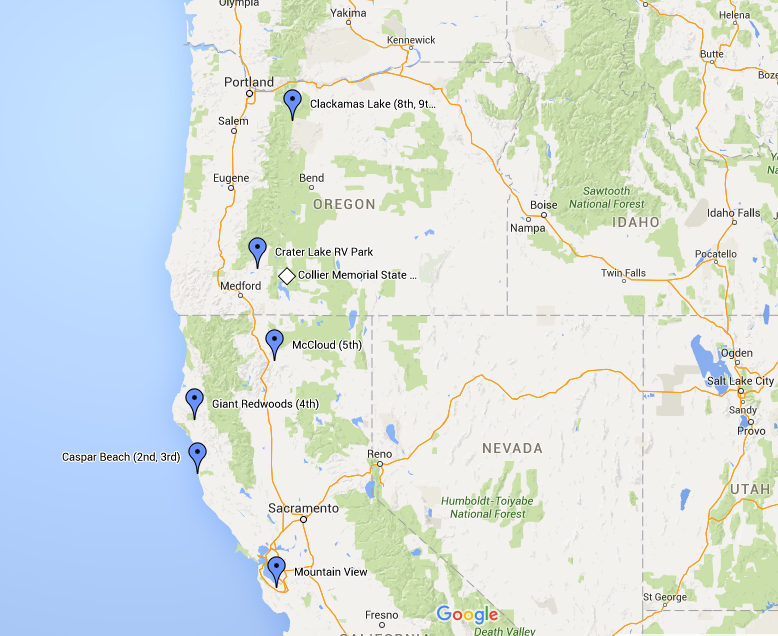
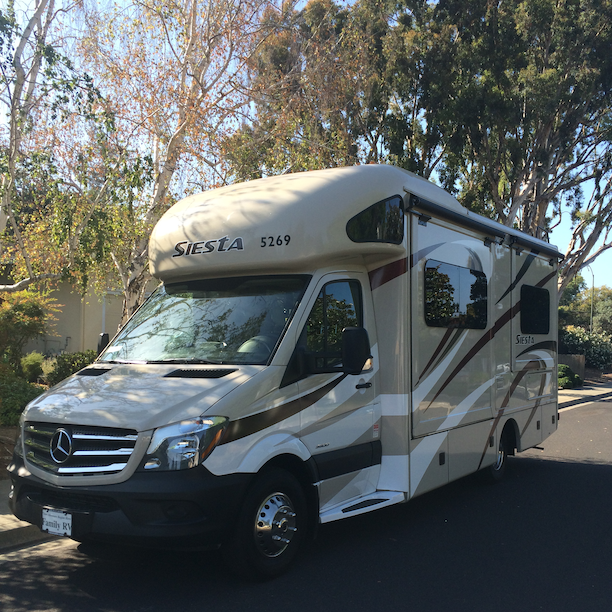
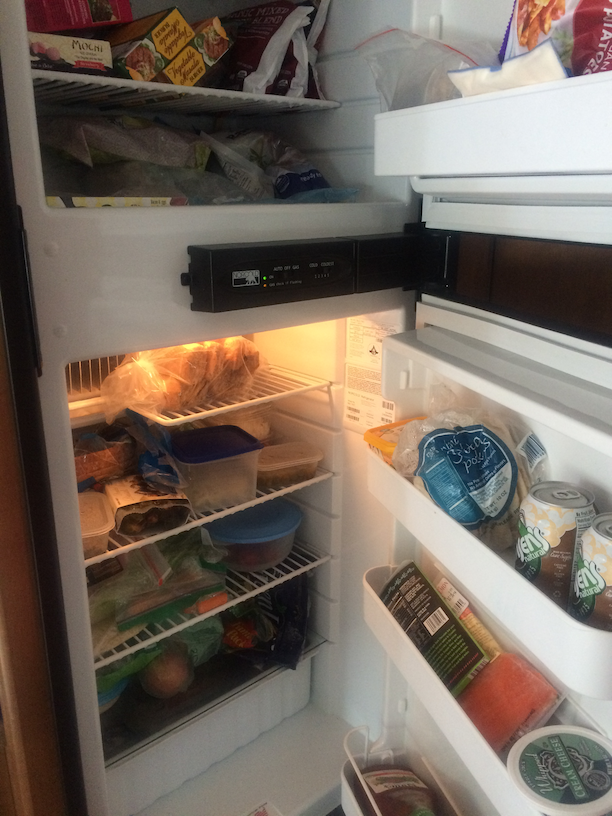

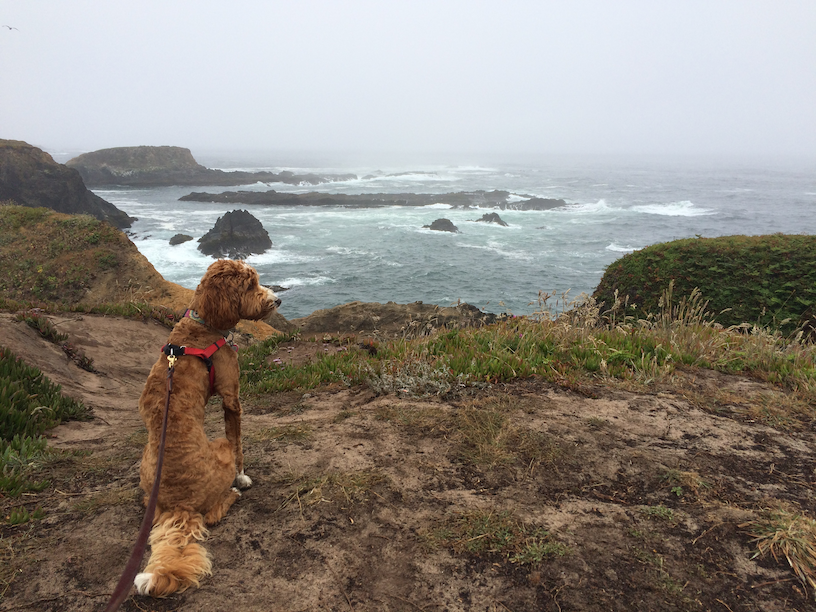
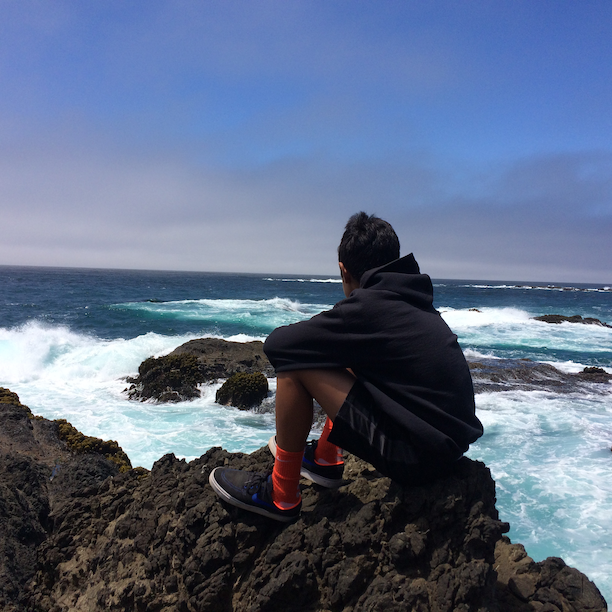
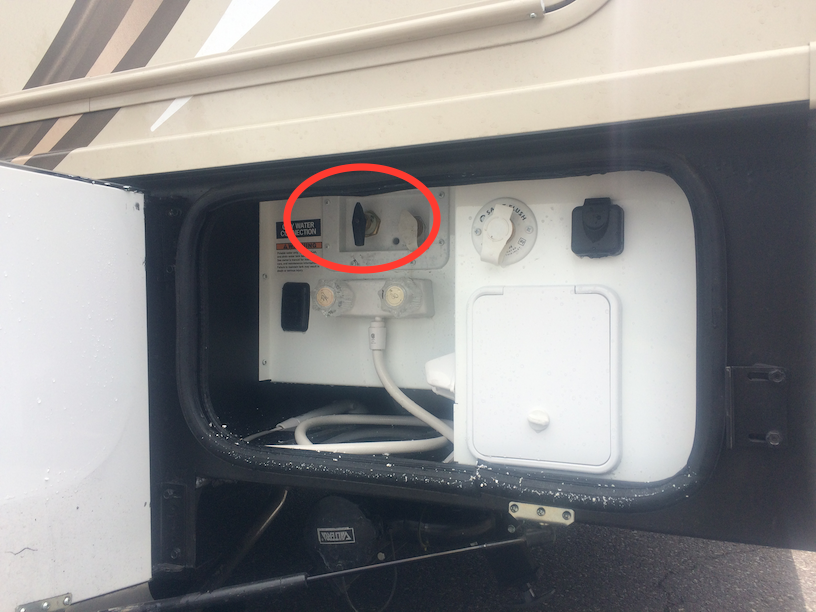

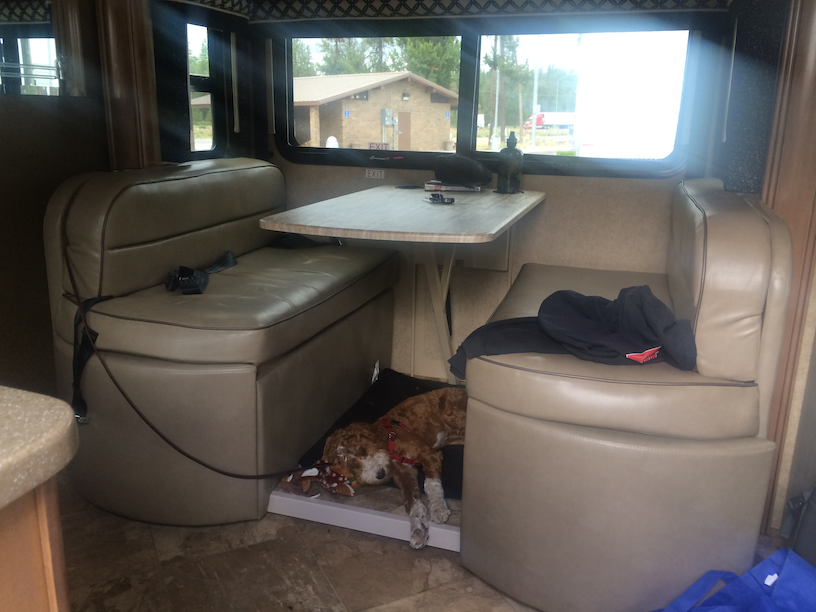
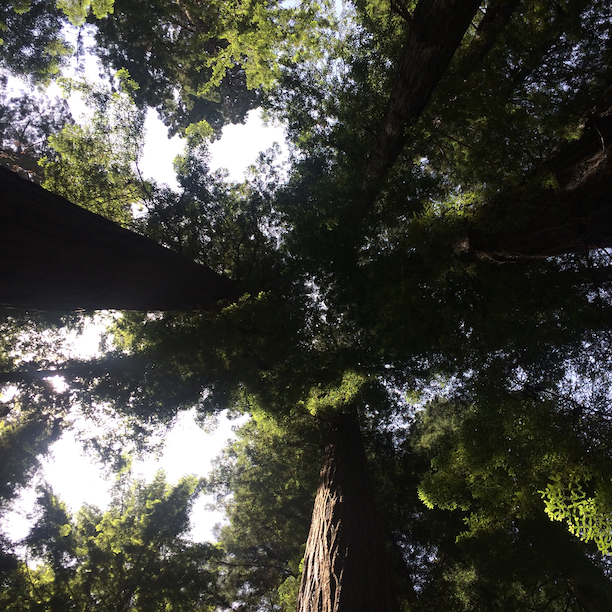
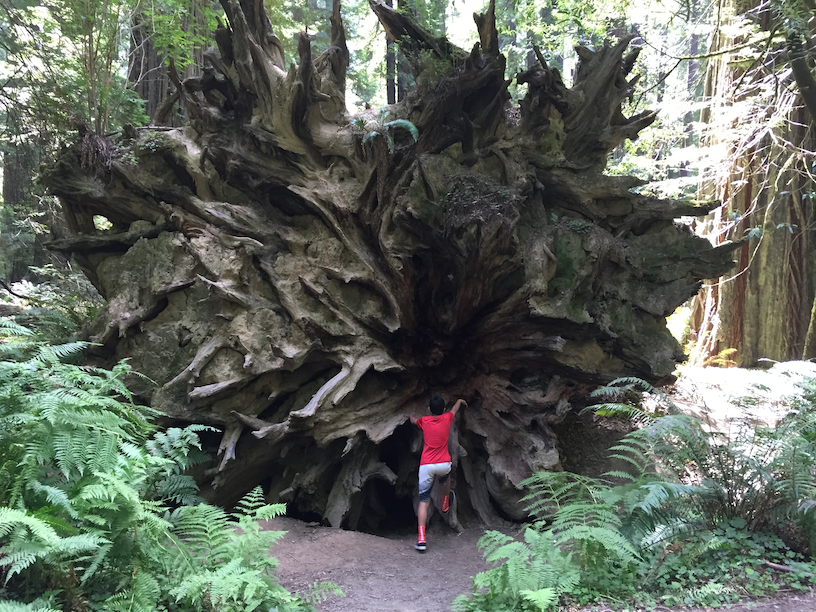
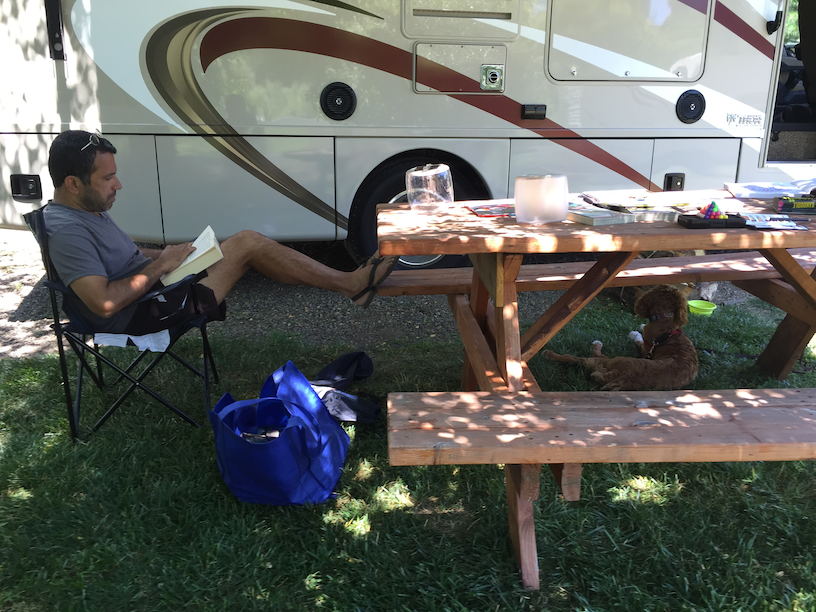
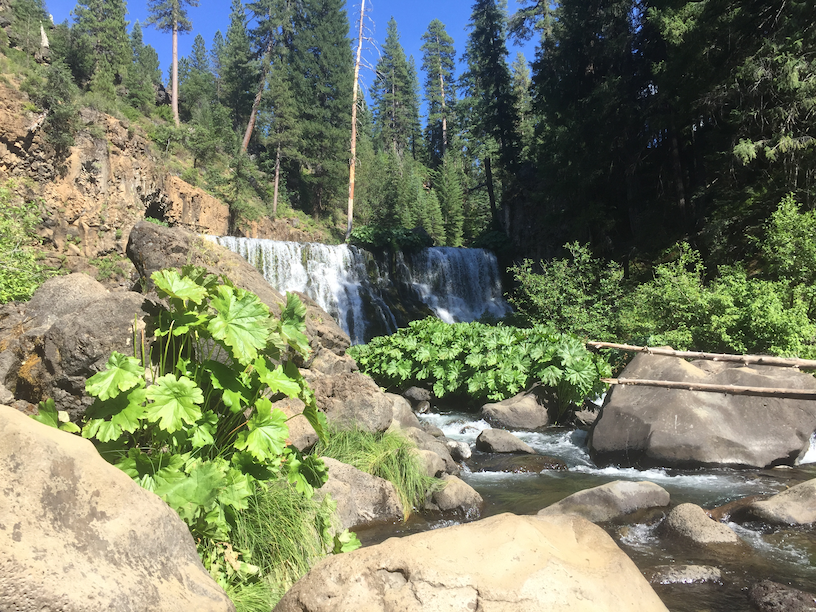
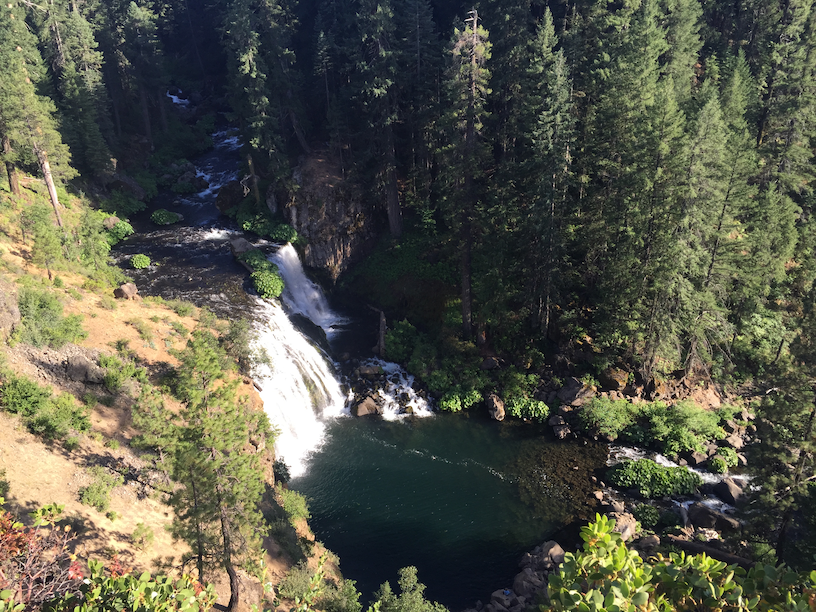
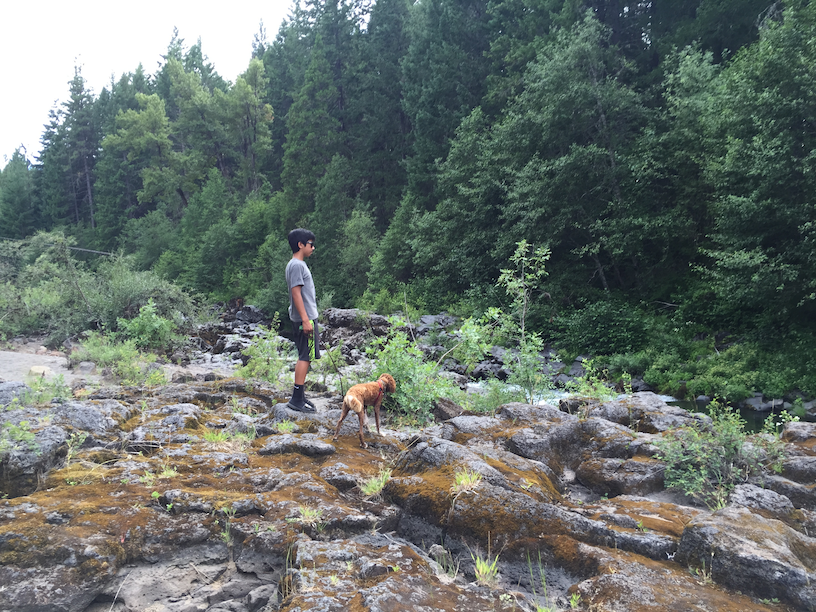
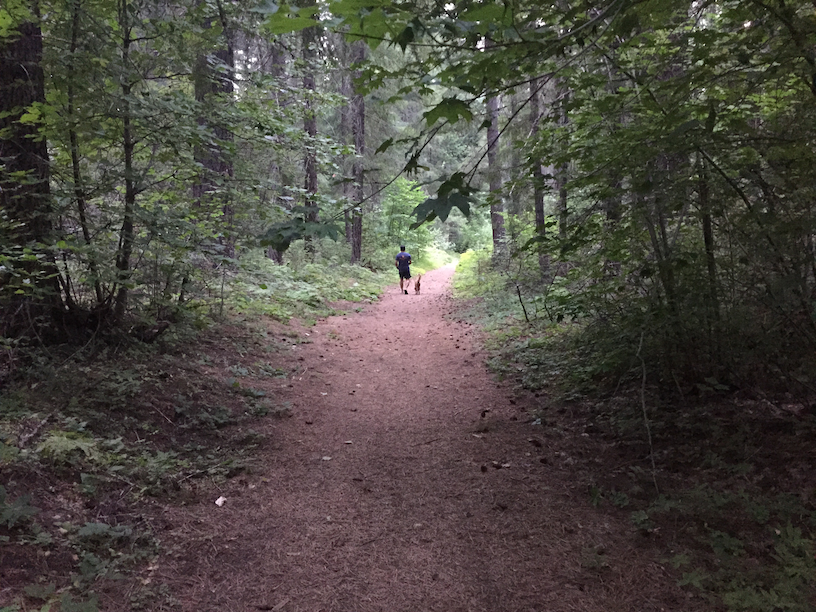
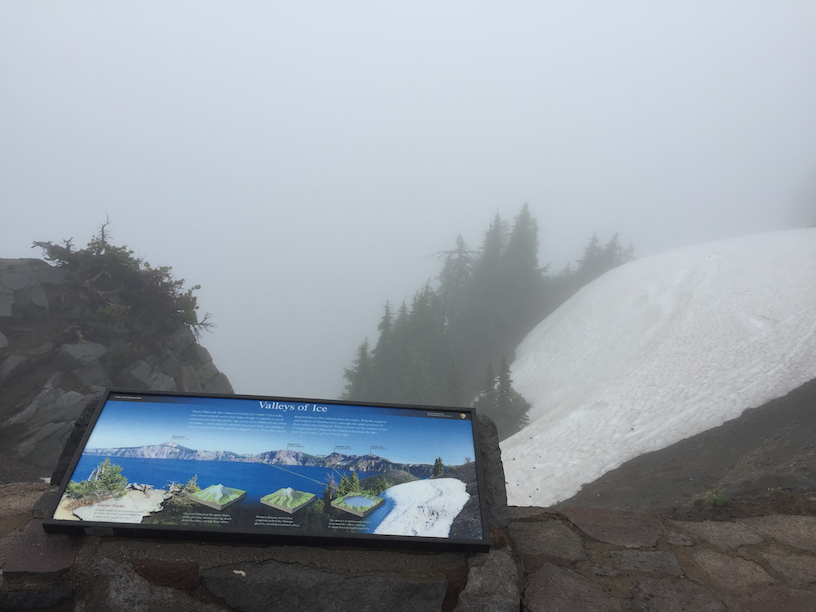
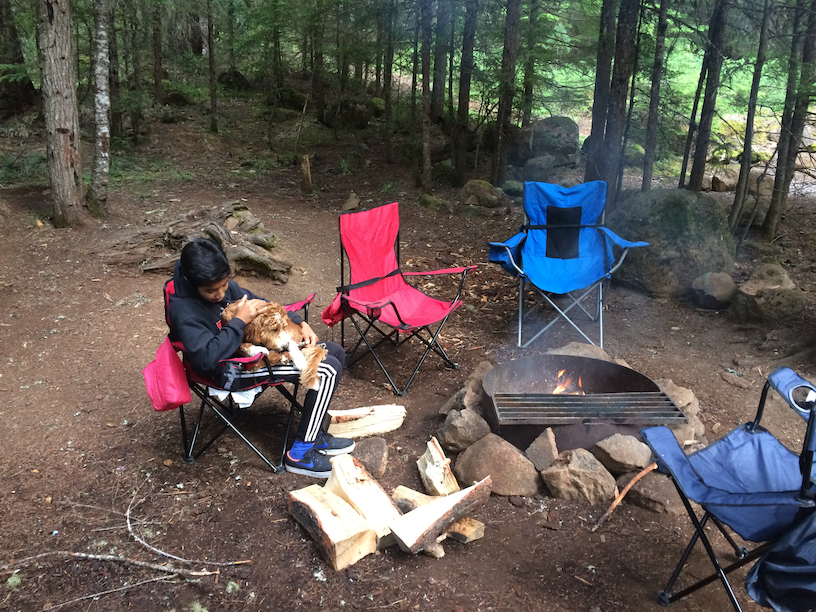
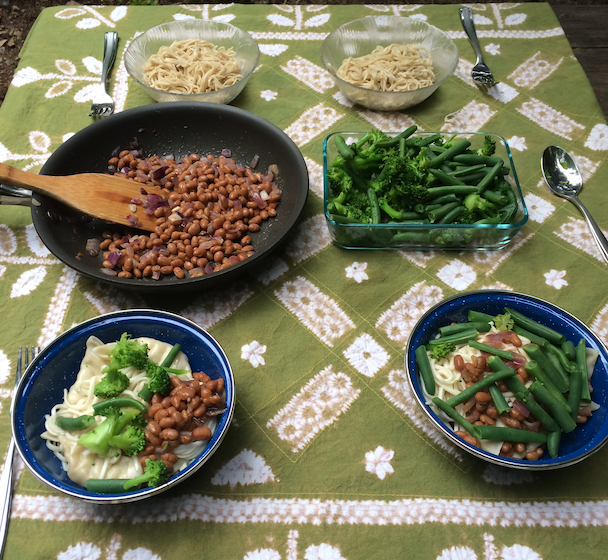
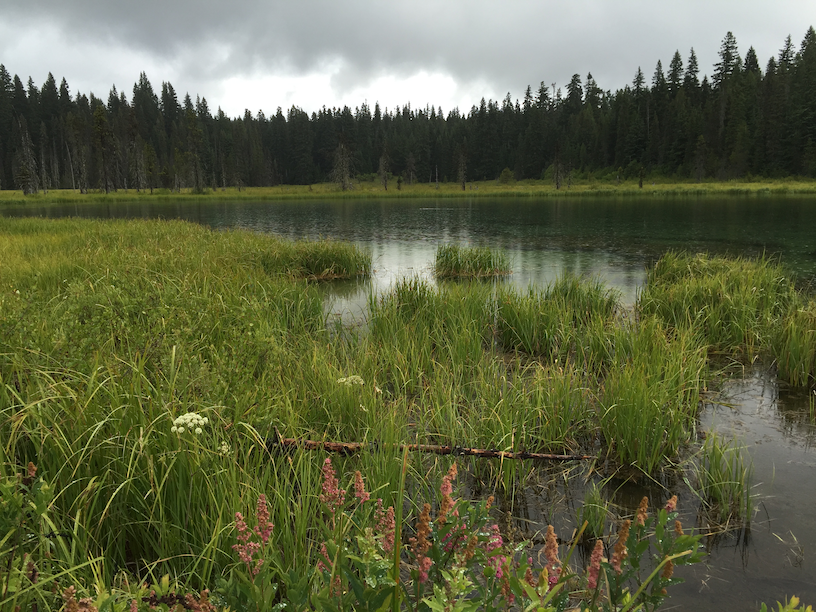

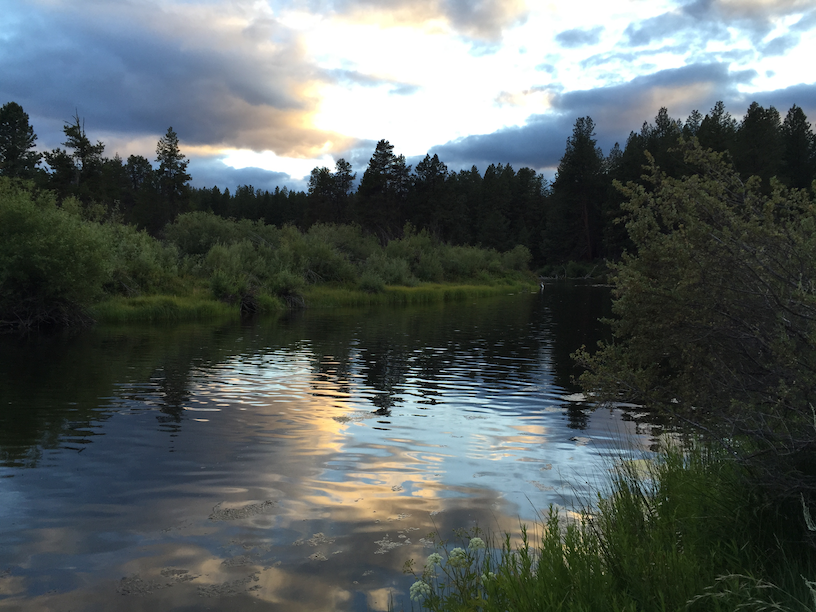
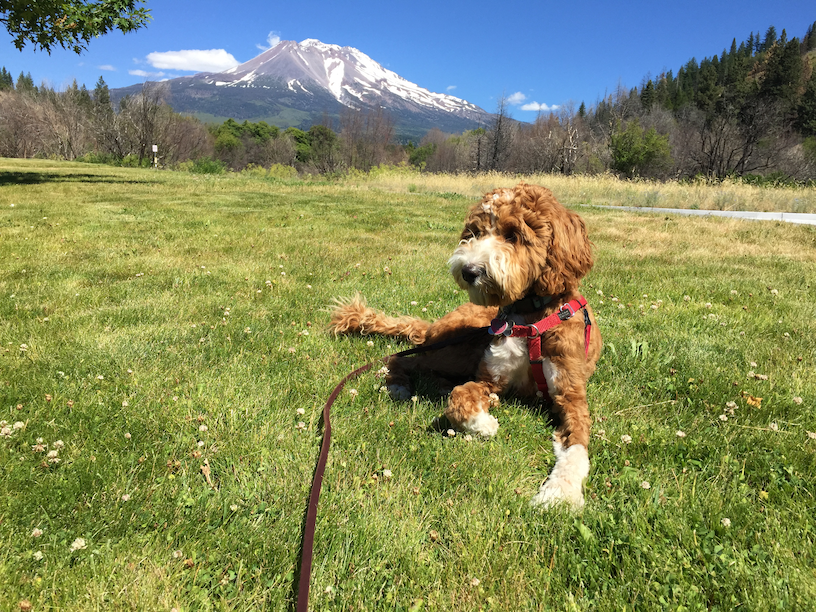
Great stuff! Thanks for sharing about your adventures!
Looks great ! We are doing something similar now. Need to get a blog rolling